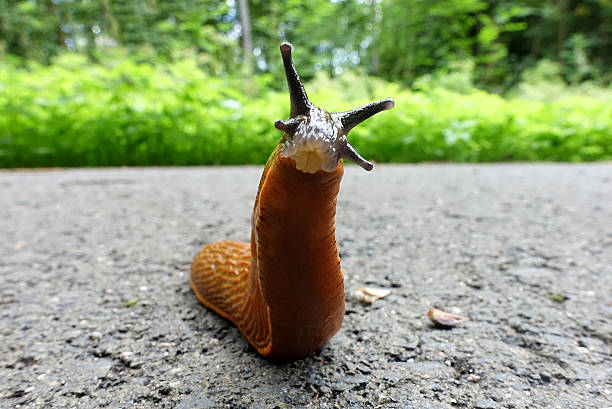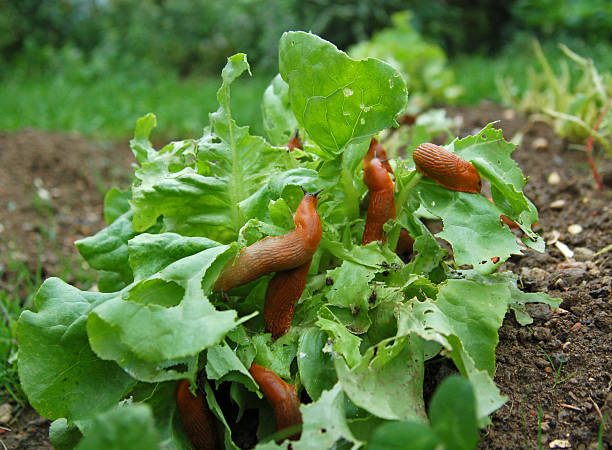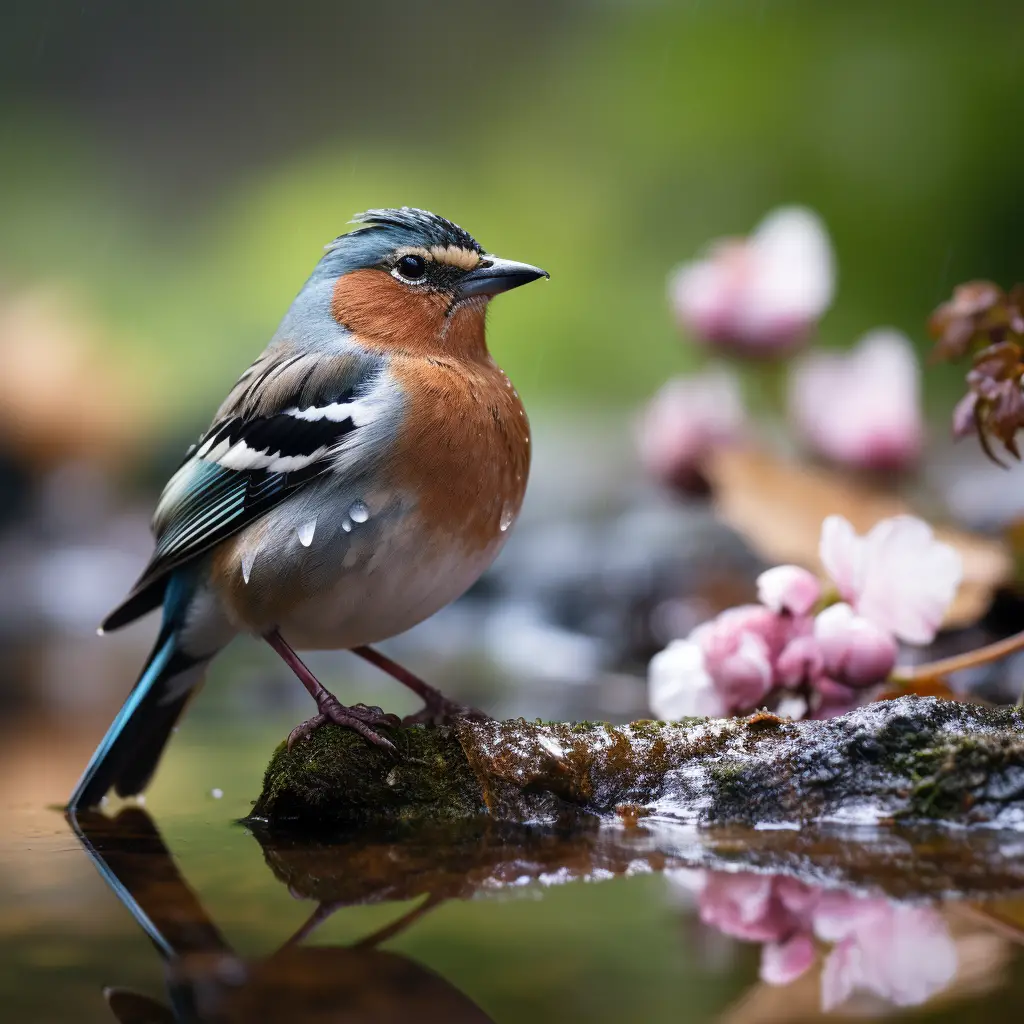
Slugs are a common sight in gardens and fields, causing damage to crops and ornamental plants. But where do these slimy creatures come from, and what can be done to prevent them from ruining your garden? In this article, we will explore the origins of slugs and their biology and behavior, and provide some effective methods for preventing them from causing damage.
Where do Slugs Come From?
Slugs are found in most parts of the world, and they are typically found in moist and humid environments, such as gardens, forests, and fields. Slugs are herbivores and feed on a wide variety of plants, including vegetables, fruits, and flowers. When slugs get into your garden, it is usually because they are attracted to the plants and the moisture in the soil.
Slugs reproduce by laying eggs in soil or other suitable environments, and the eggs hatch into small slug larvae. The larvae then go through several stages of growth and development before reaching adulthood. Slugs are able to survive in a range of temperatures and can reproduce year-round in suitable conditions.
The Origins of Slugs
Slugs are soft-bodied, slow-moving gastropods that belong to the mollusk family. The exact origins of slugs are not clear, but they are believed to have evolved from snails, which are also gastropods.
Slugs differ from snails in that they have lost their shells during the course of evolution, either partially or completely, and have developed other adaptations to compensate for this loss. Slugs are found in most parts of the world, and there are over 40,000 different species, which vary in size, shape, and color. Some species of slugs are considered pests, as they feed on crops and cause damage to gardens and other plants.
The ancestors of slugs and snails first appeared on Earth about 500 million years ago, during the early Cambrian period. These early gastropods had simple shells and were marine animals, living in the oceans. Over time, gastropods evolved to live in a variety of environments, including freshwater and terrestrial habitats.
The first slugs are believed to have appeared during the early Jurassic period, about 200 million years ago, and have since diversified into many different species. Slugs have adapted to living in a wide range of environments, from deserts to rainforests, and have developed unique ways of obtaining food, reproducing, and surviving in their respective habitats.
Biology and Behavior of Slugs

Slugs are soft-bodied gastropod mollusks that belong to the same family as snails. They are found in most parts of the world, and there are over 40,000 different species, which vary in size, shape, and color. Slugs are herbivores and feed on a wide variety of plants, including vegetables, fruits, and flowers.
Slugs have evolved to live in a variety of environments, from deserts to rainforests, and have developed unique ways of obtaining food, reproducing, and surviving in their respective habitats. They move by a rippling motion of their foot and leave behind a trail of slime, which helps to reduce friction and aids in movement.
Slugs have a well-developed sense of smell, which they use to locate food, and they are also able to detect light and some colors. Slugs have a complex reproductive system and are hermaphrodites, meaning that they have both male and female reproductive organs. However, they still require a mate to fertilize their eggs, and they often engage in elaborate courtship rituals before mating.
Slugs are able to survive in a range of temperatures and can reproduce year-round in suitable conditions. They are also able to aestivate, which is a form of hibernation that allows them to survive during periods of drought or extreme temperatures. Slugs have many natural predators, including birds, rodents, and other animals, and they have also been known to be controlled by biological agents and chemical treatments.
Preventing Slug Damage in Your Garden

Slugs can be a common pest in gardens, as they feed on a wide variety of plants and can cause significant damage. However, there are several steps you can take to prevent slug damage in your garden.
A. Handpicking
Handpicking is a manual method for controlling slugs in a garden. It involves searching for and removing slugs by hand. This method is effective for small gardens or specific areas where slug damage is concentrated. To handpick slugs, it is best to do so in the evening or early morning when slugs are most active.
Use a flashlight to search for slugs and remove them by hand. You can dispose of slugs by squishing them, relocating them to another area, or dropping them into a bucket of soapy water. Handpicking can be time-consuming and labor-intensive, but it is a natural and effective way to control slugs without the use of chemicals.
B. Barriers
Barriers can be used to prevent slugs from reaching your plants in the first place. There are various types of barriers you can use, such as copper tape, copper mesh, or other materials that slugs cannot easily crawl over. These materials create a physical barrier that slugs are unable to cross, which can be an effective way to prevent slug damage in your garden.
To use barriers effectively, you should place them around the perimeter of your garden bed or around individual plants. Make sure to bury the edges of the barrier into the soil to prevent slugs from crawling underneath. It is also important to check the barrier periodically to make sure it is still intact and that there are no gaps that slugs can enter through.
Barriers can be a natural and non-toxic way to control slugs without the use of chemicals, and they can be an effective long-term solution for preventing slug damage in your garden.
C. Decoys
Decoys are a type of trap that can be used to lure slugs away from your plants. Decoys are often made from materials that slugs find attractive, such as lettuce, cabbage, or other leafy greens. The idea is to place the decoy away from your plants to draw the slugs away from your garden.
To use decoys, simply place them in strategic locations around your garden. Slugs will be attracted to the decoy and will feed on it, allowing you to remove them more easily. You can dispose of the slugs by handpicking them or dropping them into a bucket of soapy water.
Decoys can be an effective way to control slugs without the use of chemicals, but they require regular maintenance and may not be as effective in large gardens or areas with high slug populations. Additionally, you should be careful not to place the decoys too close to your plants, as this may actually attract more slugs to your garden.
D. Natural predators
Encouraging natural predators, such as birds and beneficial insects, can also help control slug populations in your garden. Birds, such as chickens and ducks, will eat slugs and snails, while insects such as ground beetles and centipedes feed on slug eggs.
E. Chemical controls
Chemical controls can be used to kill slugs or prevent them from feeding on plants. There are several types of chemical controls available, including bait, pellets, and sprays.
Bait is a type of chemical control that is designed to attract slugs and kill them. Bait can be purchased in pellets or liquid form and contains a chemical that is toxic to slugs. When slugs consume the bait, they will die within a few days.
Pellets are another type of chemical control that can be spread around your garden to prevent slugs from feeding on your plants. Pellets contain a chemical that is toxic to slugs and will kill them when they come into contact with it.
Sprays can be used to create a barrier around your plants that slugs will not cross. Sprays contain a chemical that is toxic to slugs and will kill them if they come into contact with it.
Chemical controls can be effective in controlling slugs, but they may also harm other wildlife, such as birds, frogs, or beneficial insects. Additionally, some chemicals can be harmful to humans and should be used with caution. If you choose to use chemical controls, be sure to follow the instructions carefully and use them sparingly to avoid harm to your garden and the environment.
IV. Conclusion
In conclusion, slugs are a common problem in gardens and fields, causing damage to crops and ornamental plants. Understanding the origins and biology of slugs, as well as implementing effective prevention methods, can help reduce the damage they cause. Whether you choose hand-picking, barriers, decoys, natural predators, or chemical controls, there are several options available for controlling slug populations in your





